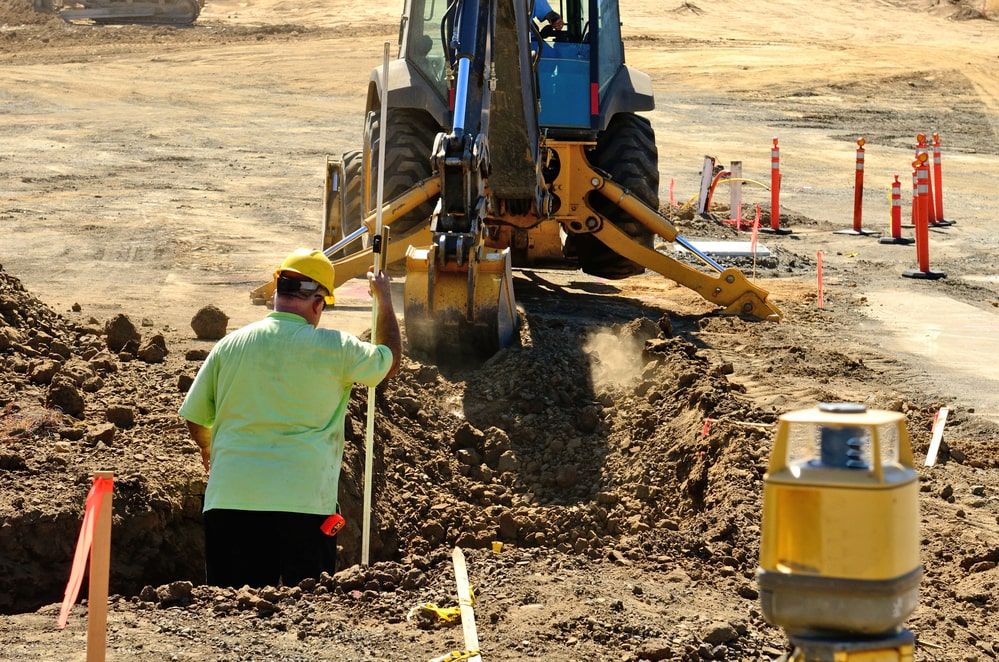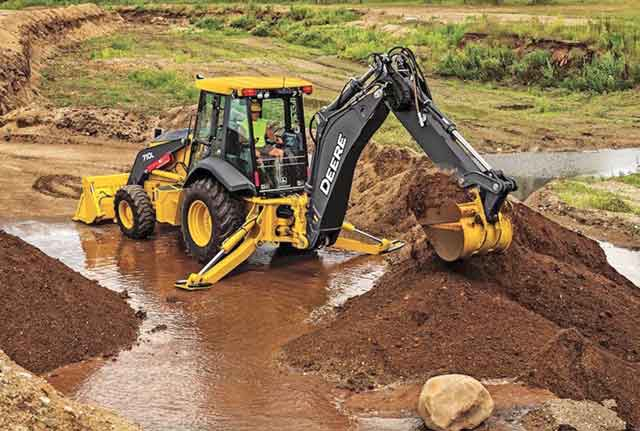Comprehensive Excavation Methods: Mastering the Principles for Success
In the realm of building and construction and civil engineering, the relevance of reliable excavation techniques can not be overstated. The cautious preparation, exact implementation, and precise focus to information needed in excavation projects demand a comprehensive method that incorporates numerous essential facets. From initial dirt analysis to the implementation of safety measures and regular progression surveillance, grasping these core elements is vital for accomplishing success in any excavation endeavor. The true mastery exists not merely in recognizing these fundamentals however in flawlessly integrating them to browse the complexities of excavation projects with skill.
Understanding Excavation Project Planning

Successful excavation jobs are developed on the foundation of careful and complete preparation. The first phase of any kind of excavation task is the drawing board, where crucial decisions are made that can dramatically influence the end result of the project. Throughout this phase, it is necessary to gather all pertinent information regarding the site, consisting of topographical surveys, dirt make-up, and any type of prospective risks that may exist. Comprehending the job scope, budget, and timeline restrictions is important for producing an extensive excavation plan that makes certain the project's success.
One secret aspect of excavation task preparation is the growth of a thorough timeline that details the sequence of tasks, target dates, and milestones. This timeline functions as a roadmap for the project team, enabling them to track progress and make necessary adjustments to ensure the task remains on schedule. Furthermore, a distinct budget that accounts for all costs, consisting of equipment rental, labor expenses, and products, is crucial for preventing cost overruns and hold-ups. By thoroughly taking into consideration all these factors during the preparation stage, excavation projects can be executed successfully and properly, leading to successful outcomes.
Soil Evaluation and Website Examination
Performing extensive soil analysis and site evaluation is an important action in the prep work stage of any type of excavation project. Dirt analysis entails figuring out the composition, structure, and buildings of the dirt at the excavation website. This details is vital for comprehending the soil's bearing capability, dampness web content, and capacity for erosion, which are key factors in determining the excavation methods and devices required for the task.
Site examination goes past soil analysis and includes a wider analysis of the total site conditions. This assessment consists of determining any kind of potential hazards, such as underground utilities, environmental problems, or unsteady terrain, that might impact the excavation process. By completely examining the site, project supervisors can develop efficient excavation approaches that focus on safety and security, efficiency, and environmental management.
Making use of advanced modern technologies like ground-penetrating radar, soil tasting, and drone studies can enhance the accuracy and performance of soil analysis and website analysis. Spending time and sources in these preliminary steps can eventually save time and stop costly hold-ups or difficulties during the excavation procedure.
Tools Choice and Usage
Effective excavation jobs count heavily on tactical tools choice and application to ensure optimal efficiency and efficiency. Choosing the ideal equipment for the work is critical in optimizing effectiveness and reducing downtime. Elements such as the sort of soil, deepness of excavation, and task extent play a substantial role in determining the most suitable equipment for the task available.

Along with picking the appropriate equipment, proper usage is essential to project success. Operators needs to be educated to manage the devices securely and efficiently - lancaster excavation. Regular maintenance checks and prompt repairs assist stop failures and make sure regular efficiency throughout the job
Precaution and Regulations Conformity
In the world of excavation tasks, prioritizing precaution and conformity with laws is paramount to making certain a legitimately sound and protected functional setting. Safety and security procedures include a series of practices, consisting of carrying out detailed site assessments, implementing correct signage and barriers, and supplying appropriate safety training for all employees involved in the excavation procedure. Adherence to regulations, such as OSHA requirements in the United States, makes certain that the excavation task satisfies the required standards to protect employees, onlookers, and the surrounding setting.

Surveillance Progression and Adjusting Strategies
Just how can forecast managers properly track the advancement of excavation jobs and adapt their methods accordingly to enhance outcomes? Monitoring progress is necessary for making sure that excavation jobs stay on track and fulfill due dates.

Conclusion
Finally, mastering the principles of continue reading this thorough excavation approaches is vital for the success of any project. By recognizing task preparation, assessing dirt and website conditions, selecting ideal equipment, following safety regulations, and checking progression, project supervisors can make certain a smooth and effective excavation process. Applying these approaches will certainly bring about successful end results and lessen prospective dangers or obstacles throughout the excavation project.
The initial stage of any kind of excavation task is the preparation stage, where important choices are made that can significantly affect the result of the project. Comprehending the task budget plan, timeline, and scope constraints is important for creating a comprehensive excavation plan that guarantees the job's success.
How can predict supervisors successfully track the innovation of excavation jobs and adjust their methods as read what he said necessary to optimize outcomes? By closely monitoring progression and being prepared to adapt approaches, job managers can improve the overall success of excavation tasks.
By comprehending job preparation, examining soil and website conditions, picking appropriate devices, conforming with security guidelines, and keeping an eye on progression, task managers can ensure a smooth and effective excavation process.